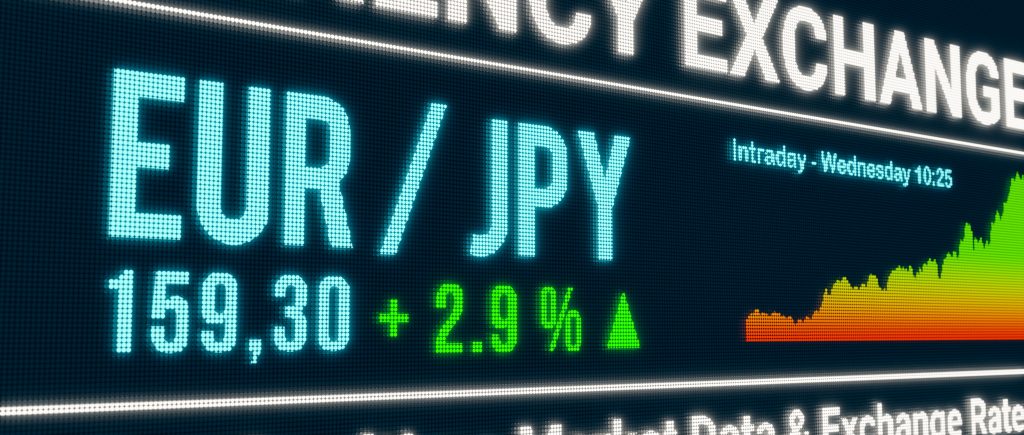The EUR/JPY pair climbed to a fresh yearly peak, holding above 173.00 during Tuesday’s American trading session, a level not seen since July 12, 2024. The Euro extended gains against the Japanese Yen for the third straight session, driven by persistent Yen weakness fueled by wide interest rate differentials, import-driven inflation, and Japan’s looming political uncertainty.
The Japanese Yen remains under pressure as the Bank of Japan (BoJ) hesitates to tighten monetary policy despite inflation exceeding its 2% target. Cautious BoJ policymakers cite weak domestic demand and global uncertainties, while political risks mount ahead of the July 20 Upper House elections, where the ruling coalition faces the prospect of losing its majority. This uncertainty raises concerns about fiscal policy shifts and potential increases in government spending, which could exacerbate Japan’s significant debt burden, further weighing on Yen sentiment.
Supporting the Euro’s strength, Eurozone industrial production rebounded sharply in May, rising 1.7% month-over-month, reversing April’s 2.2% decline and surpassing expectations of a 0.9% gain. On an annual basis, output jumped 3.7%, marking the strongest growth since early 2023. Additionally, the ZEW Indicator of Economic Sentiment edged up to 36.1 in July from 35.3, signaling stable investor confidence despite missing forecasts of 37.8.
From a technical standpoint, EUR/JPY remains bullish, trading near 173.00. The pair has cleared the 78.6% Fibonacci retracement level at 170.91, calculated from the July-August 2024 decline, establishing it as a key support zone. The daily chart continues to show higher highs and higher lows, reinforcing the bullish trend.

 Noor Trends News, Technical Analysis, Educational Tools and Recommendations
Noor Trends News, Technical Analysis, Educational Tools and Recommendations




